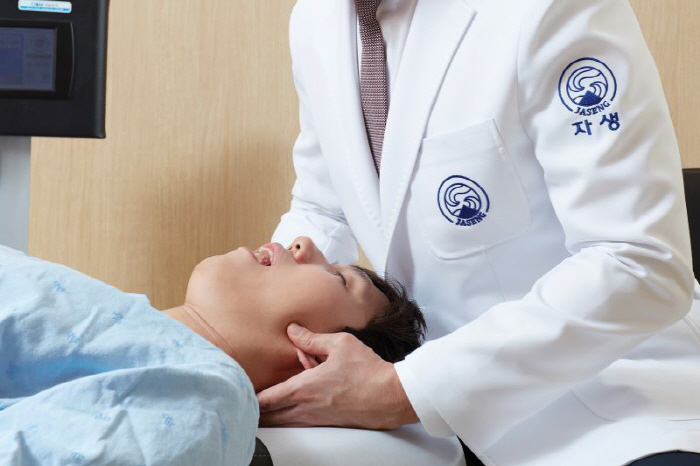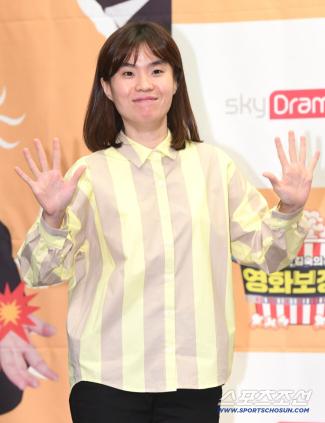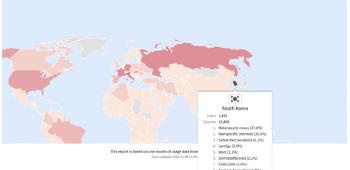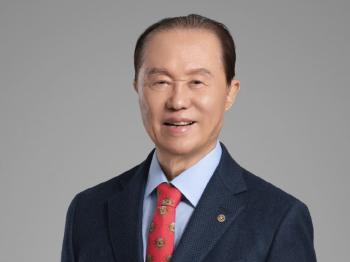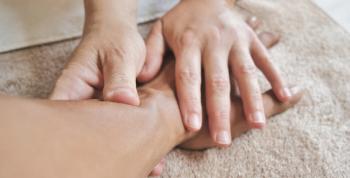Jaw joint disorder, Chuna therapy effective...Improve functionality and demonstrate economic feasibility
May 22, 2025
|
On the 22nd, the Spinal Joint Research Institute (Director Ha In-hyuk) of Jaseng Oriental Hospital announced that it published a research paper analyzing the clinical effectiveness and economic feasibility of Chuna therapy for temporomandibular joint disorder in the SCI(E)-level international academic journal 「'Plos One (IF=2.9)'.
Jaw joint disorder is a disease that complains of jaw joint and muscle pain, jaw movement restrictions, and jaw joint sound. Close to daily life, it also leads to secondary symptoms such as chronic fatigue and depression. In particular, the prevalence rate is gradually increasing due to the unbalanced posture and lifestyle of modern people. In fact, according to statistics from the Health Insurance Review and Assessment Service, more than 460,000 patients visited medical institutions for jaw joint disorders in 2020, but the figure increased by more than 100,000 to 566,000 in 2023.
Physical therapy such as thermal therapy and percutaneous electrical nerve stimulation (TENS) is used for the disease, and integrated oriental medicine treatment such as acupuncture, herbal acupuncture, and Chuna therapy is performed in oriental medicine. In particular, Chuna therapy is a treatment that corrects the twisted body shape by pushing and pulling the lesion with fingers and palms or causing friction, and is also excellent in improving jaw joint diseases.
In response, the research team divided 80 patients with jaw joint disorders who visited self-sustaining oriental hospitals (Gangnam, Daejeon, Bucheon, and Haeundae) into Chuna therapy group and general treatment group to which physical therapy, which is frequently applied to jaw joint disorders such as heat therapy and TENS, was applied for four weeks to compare and analyze the effectiveness and economic feasibility of each treatment.
As a result of the study, the superiority of Chuna therapy was higher in function and quality of life indicators. The JFLS-Global, which evaluates the overall function of the jaw joint, improved about 35% in the Chuna therapy group from 3.3 points before treatment to 2.13 points after treatment, while the general treatment group improved only about 9% from 3.0 points to 2.72.
The difference after treatment between the Chuna therapy group and the general treatment group was also significant. In the JFLS-Verbal and Emotional category, which evaluates emotional and verbal expression function, the Chuna therapy group showed an improvement of about 47%, but the general treatment group only showed an improvement of 1.4%. In addition, the level of the Chuna therapy group was higher in quality-of-life indicators such as SF-12, PC, EQ-VAS, and EQ-5D-5L, and the degree of improvement in the Chuna therapy group was greater in most items in the follow-up results at weeks 13 and 26.
In both the Visual Pain Scale (VAS) and the Pain Number Assessment Scale (NRS), which assess pain, the Chuna therapy group showed a greater improvement than the general treatment group, although not significant.
In addition, in the economic evaluation that calculated medical use-related costs, the Chuna therapy group proved to be a more efficient treatment than the general treatment group. From a social point of view, including productivity loss, the Chuna therapy group showed a cost reduction of about $338 (about 470,000 won) compared to the general treatment group, and the QALY (Quality-Adjusted Life Year) was also higher in the Chuna therapy group. QALY is an index that considers quality of life and life expectancy together, and complete health status is converted to 1 and death to 0. In this study, when the Willingness to pay (WTP) to obtain 1 QALY was set at 3.05 million won, the probability that Chuna therapy would be cost-effective was analyzed to be up to 98.3%.
Lee Yun-jae, vice president of the Spinal Joint Research Center at Jaseng Oriental Hospital, said "This study was able to scientifically prove the clinical effectiveness and economic feasibility of Chuna therapy for jaw joint disorders."We hope that more systematic follow-up studies and data will expand health insurance coverage for temporomandibular chuna therapy in the future."
|
This article was translated by Naver AI translator.
